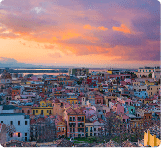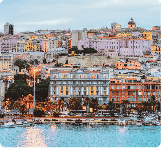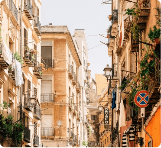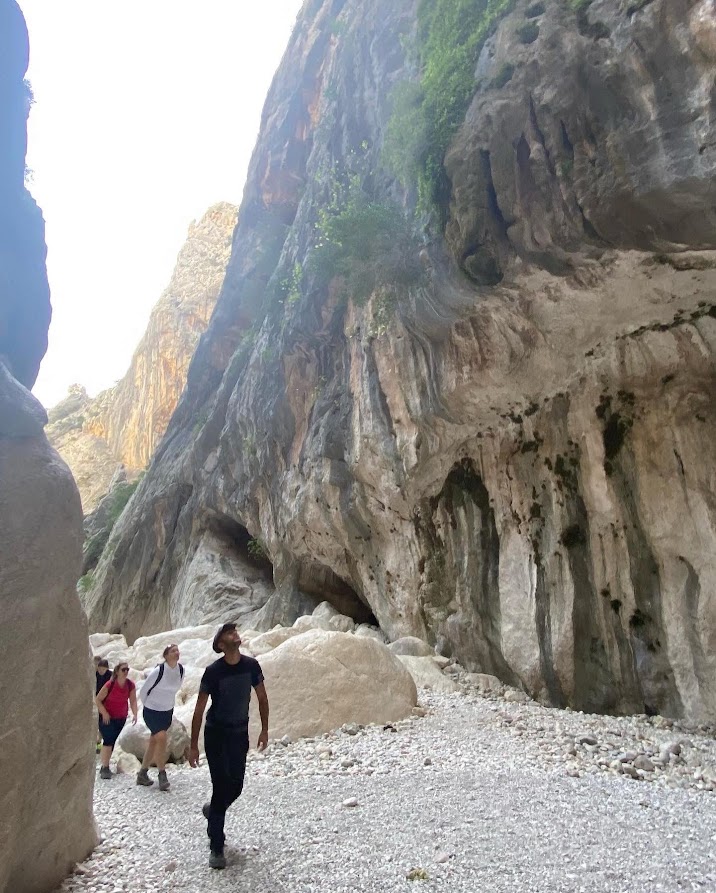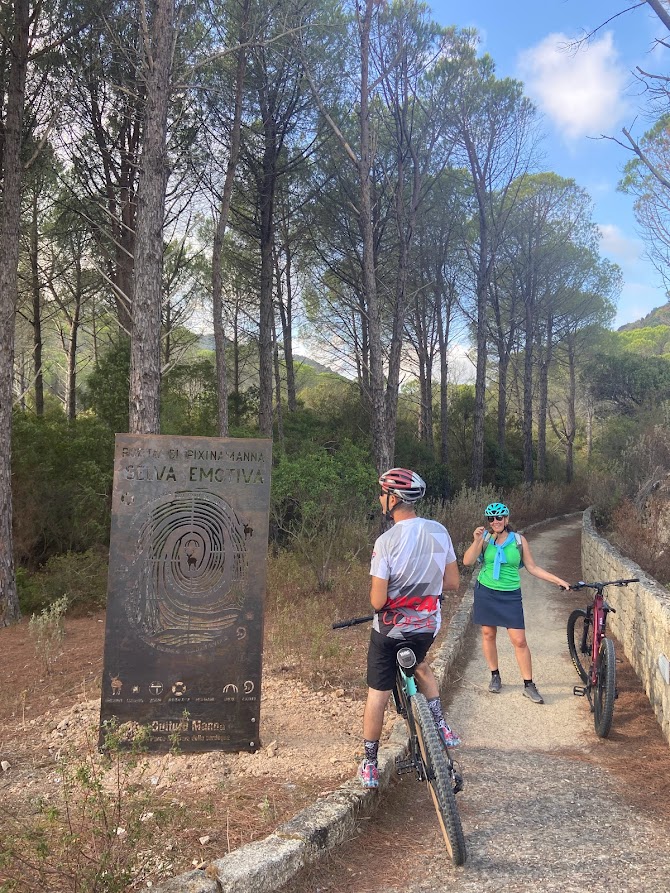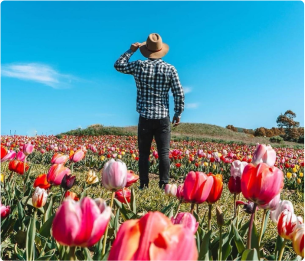Nature & Relax
Biking in freedom
There are more than 2,700 kilometres of cycling routes in Sardinia, around the island or inlands, so whether you are a cycling enthusiast or just do this sport recreationally, you can always choose a route that suits you the best, according to your fitness and equipment. In any part of the island, you will always have routes nearby that will lead you to natural, historical or modern treasures. A bicycle is therefore the ideal mean to explore all aspects of Sardinia in detail. The Catalan city of Alghero on the west is the starting point for many cycling routes, leading to all directions. You can go to the wonderful nature of the Porto Conte regional park, where you will appreciate a mountain bike on your way to Punta Giglia, Monte Murone or the Prigionette area. Along the road, on the other hand, you can reach Capo Caccia, Porto Ferro Bay and Lake Baratz. Heading north, you must not miss the port town of Stintino and the Cape of Capo Falcone, from which you can enjoy a wonderful view of the famous Caribbean beach of La Pelosa. From the port in Stintino, you can moreover board the ferry to the Asinara Islands, a national park hiding natural and historical treasures. There are relatively simple cycling routes to the former prison in Fornelli, the marine centre for endangered species in Cala Reale or the uninhabited village near Cala Oliva. You can enjoy the island routes in the occasional presence of the patron of Asinara islands, the endemic white donkey. Heading south from Alghero you can admire one of Italy’s most impressive panoramic coastal drives. The road connecting Alghero with the village of Bosa offers truly unique views and is home to rare birds of prey that nest in the local rocks. If you’re lucky you can see the families of vultures, especially in spring. The local pearl is the village of Bosa itself, which was listed one of the most beautiful Italian towns, with its colourful houses, historic castle and old tanneries on the riverbanks of Temo. The route continues south along the coast to Porto Alabe, from where it takes you inland, through the villages of Tresnuraghes, Sennariolo and Cuglieri, with its famous Basilica of Our Lady of the Snows. Back on the coast, do not miss the natural stone arch of S’Archittu near the town of Santa Catterina di Pittinuri. Through the village of Riola Sardo you will reach Cabras, the home of bottarga and the land of the giants of Monte Pramo. There are several cycling itineraries along the seaside lagoons, all the way to the Sinis peninsula, where you cannot miss a stop in the Phoenician city of Tharros. The path along the coast continues through the port of Torre Grande in Oristano, towards Arboera and Marceddi, until it joins the more challenging trails of the Costa Verde coast in the west of the island. Through the forgotten mining villages of Montevecchio and Ingurtosu, which will enchant you with the diversity of nature and the alternation of high mountains with vast plateaus, you can reach the territory of Buggerru. The wonderful panoramic trail begins here, from the emerald bay of Cala Domestica, across the small island of Pan di Zuccherro to Masua. Further south there is the historic region of Sulcis, which includes the islands of Sant’Antioco, which is connected to Sardinia by an isthmus, and San Pietro, which you can reach by ferry from Calasetta. Both can be considered less touristic places of Sardinia, so the half-empty roads will easily lead you to places of inestimable natural and aesthetic value. The route through mainland in southern Sardinia continues through the villages of Giba and Santa Anna Arresi, where there should be a detour on your to-do list to the beaches of Porto Pino and the white sand dunes of Is Arenas Biancas. On the panoramic journey along the southern coast, you will then appreciate the local jewels, Tuerredda beach, Capo Malfatano and Spartivento capes, Cala Cipolla and reach the Chia area, in Domus de Maria, whose beaches are often the protagonists of TV commercials. The route further, via Santa Margherita di Pula, will take you to Pula, where you can visit the largest Roman archaeological site on the island, the settlement of Nora. In the summer months, you can combine your visit with a musical experience and enjoy one of the concerts in the ancient amphitheatre, as part of the Nora Jazz Festival. The journey continues to the capital city of Cagliari. After visiting the historic centre, you can ride past the famous Poetto beach and proceed to the now less frequented state road 125, leading through the Sette Fratelli park to the village of San Priamo and to the coastal lagoons of Colostrai and Feraxi. If you head east from Alghero, through the port town of Porto Torres, you will reach the beaches of Platamona. The 15 km long pleasant coastal road continues through Marina di Sorso to the historic town of Castelsardo, the pearl of this part of the island built on a rock. After the obligatory photo stop at the Elephant Rock, the route continues to the seaside town of Valledoria and Badesi, the city of wine. The high coast offers wonderful views of the entire Gulf of Asinara and the characteristic porphyry rocks of Isola Rossa, which got its name from their red colour. You can admire the transformation of the landscape along the route leading to Costa Paradiso, Vignola up to the north to Santa Teresa di Gallura, characterized by its grey granite monuments. At Cape Capo Testa you can explore the beautiful beaches with white sand and continue next 25 km to the port town of Palau, from where boats leave for La Maddalena, the main island of the archipelago of the same name. The island of Maddalena is moreover connected by a bridge to the second largest island, Caprera. The itineraries leading through the archipelago are truly unique, in addition to virgin bays hidden in Mediterranean vegetation, you can discover military fortresses or visit Giuseppe Garibaldi’s house with a museum. Back on mainland, you can continue from Palau towards Arzachena, where you can find all the famous destinations of the Emerald Coast, such as Cannigione, Baja Sardinia or Porto Cervo, and arrive all the way to the picturesque village of San Pantaleo, surrounded by the granite cliffs. From there you can continue through the fashionable port of Porto Rotondo to Golfo Aranci. The routes leading to the locations south of the city of Olbia in the north-east will take you to the unique beaches of San Teodoro, the protected marine area of Capo Coda Cavallo and proceeding to the south via Budoni you will reach Posada, with the legendary Fava Castle. Along the coast further south, cycling routes will take you away from the crowded touristic places, through Capo Comino to the oasis of Biderosa. Inside this park there are several routes, which will allow you to fully appreciate the diversity of Sardinian nature. Along the inland road you will then reach the port town of Cala Gonone. The brave ones can continue, crossing over the high coast with quite the challenging roads leading from Dorgali to Baunei, where the strenuous journey will reward you with unique views of mountain nature. This is the way to reach the region of Ogliastra, an area where the locals live to an above-average age and where the landscape will leave you speechless. Make a stop in Santa Maria Navarrese and Tortoli, and then continue along the eastern coast through the heavenly beaches of Cea and Lido di Orri to Cardedu and Tertenia. Coastal itineraries certainly have their undeniable charm and most cyclists choose this option due to easy orientation. But there are no less impressive inland routes as well, which can introduce you to small mountain villages, abandoned pilgrimage sites and irreplaceable masterpieces of nature. If you are not only a cycling enthusiast, but you appreciate a history as well, you can go from Bosa to the Macomer area, which is rich in Domus de Janas tombs and stone nuraghes. Further south you can visit the sacred springs around Santu Lussurgiu and discover impressive routes along Lake Omodeo. A circular itinerary through the Giara di Gesturi plateau is a promising experience. Inside the park you can come across an endemic breed of wild horses, living only in this part of the island. In Barumini just below you can admire the largest nuraghe Su Nuraxi. The mountain villages of the Barbagia region also promise challenging terrain, especially in autumn, when the local landscape is particularly impressive, with the forests turning to yellow and red. At the same time, you can experience one of the festivities within the Autumn in Barbagia festival. Worth mentioning are the routes leading through the Monte Limbara park, where you can enjoy one-day rides, or the itineraries through the village of Aggius, whose landscape is often compared to the moon.

